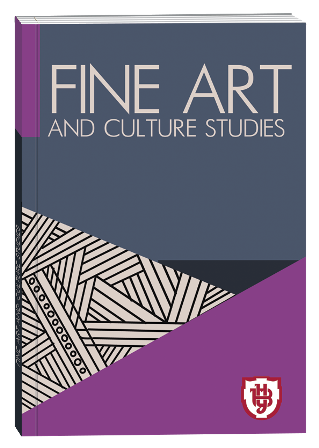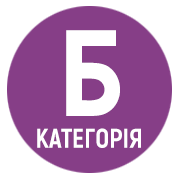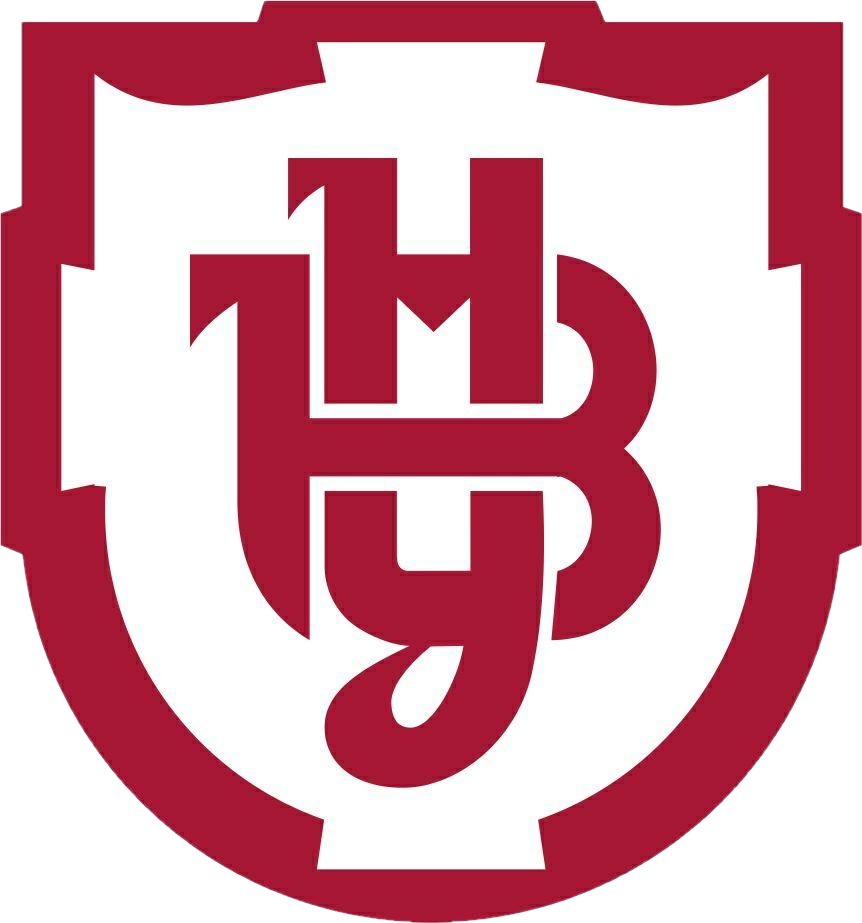MYTHOLOGICAL BELIEFS AS THE BASIS OF ETHNIC CULTURAL CODES
DOI:
https://doi.org/10.32782/facs-2025-2-38Keywords:
myth, mythology, mythological structures, archetypes, semiotics, folklore, Indo-European culture, proto-Indo-European communityAbstract
The purpose of the study is to reconstruct the deep basis of Ukrainian pre-Christian cultural codes by identifying archaic Indo-European mythological structures, relics of which have been preserved in the Ukrainian ethnomythological heritage, as well as to determine their specific features and semantic essence. The methodology of the study combines the methods of comparative Indo-European mythology, namely, Georges Dumasil's theory of the trichotomous socio- functional structure of Indo-European ideology, structural semiotics, and structural anthropology, which allowed us to outline the specific features of common Indo-European mythological structures. Scientific novelty. On the basis of a comprehensive analysis of the works of comparative mythologists, the author outlines the pan-Indo-European mythological structures that reflect ancient religious beliefs and identifies the socio-functional archetypes of the «priest», «sorcerer-chief», «sacred warrior-defender» and «warrior-beast». The author also proves the connection with these archetypes of the common Indo-European mytho-epic themes of «opposition of the ethics of heroism to the ethics of profit», «three sins of the warrior», «interfunctional conflict», and traces them as the basis of the folklore tradition, which is a form of transmission from generation to generation within an ethnic community of religious, social and cultural experience, an evolving and self-organizing system that develops authentic and assimilates externally acquired (infiltrated) elements, while retaining its invariant features that define its identity. It is concluded that, based on a comprehensive analysis of the works of leading experts in the field of Indo-European cultural comparative studies, it is established that mythology is the oldest ideological formation of a syncretic nature, in which elements of religion, philosophy, science, and art in their infancy are intertwined. One of the richest and most colorful sources for studying the culture and worldview of an ethnic group is mythology, legends and legends of the past. Thanks to mythology, we learn about the deep origins of the spirituality and beliefs of our ancestors.
References
Лінкольн Б. Індоєвропейські релігії : Огляд //переклад А. Поцілуйко, 2022. (електронний ресурс) https://telegra.ph/Bryus-L%D1%96nkoln-%D0%86NDOYEVROPEJSK%D0%86-REL%D0%86G%D0%86I- OGLYAD-11-11
Павленко Ю.В. Дохристиянські вірування давнього населення України/ Ю.В. Павленко. Київ: Либідь, 2000. 456 с.
Попович М.В. Світогляд стародавніх слов'ян/ М.В.Попович. Київ: Наук. думка, 1985. 567 с.
Попович М.В. Нарис історії культури України/ М.В.Попович. Київ: Артек, 1998. 768 с.
Сиволап М.І. Про можливий внесок археологічних та індоєвропейських студій у формування українського національного міфу. Етнічна історія народів Європи: Збірник наукових праць. Вип. 9. 2001. С. 72-76
Чмихов М.О. Археологія та стародавня історія України: Курс лекцій/ М.О.Чмихов. Київ: Либідь, 1996. 376 с.
Gimbutas, M. The first wave of Eurasian steppe pastoralists into Copper Age Europe. Journal of Indo-European Studies, Vol. 5 (4). 1977. P. 277-338
Gimbutas, M. The three waves of the Kurgan people into East Central Europe, 4500–2500 B.C. Archives Suissed' Anthropologie generale , Vol. 43(2).1979. P. 113-137
Gimbutas, M. The Kurgan wave into Europe and the following transformationof culture. Journal of Indo-European Studies, Vol. 8 (3-4). 1980. P. 273-315
Katona, A. Proto-Greeks and the Kurgan theory. Journal of Indo-European Studies, Vol. 28 (1-2). 2000. P.65-100
Lyle, E. The Hero Who Releases the Waters and Defeats the Flood Dragon. Comparative Mythology, №1. 2015. P.1-12
Mallory, J.P., Adams D.Q. The Encyclopedia of Indo-European Culture. London and Chicago: Fitzroy Dearborn Publishers, 1997. P. 156-157
Shaw, J. The Dagda Thor and ATU 1148B: Analogues, Parallels, or Correspondences? Temenos, Vol. 55 № 1. 2019. P.97–120
Smith J., Weisstub D. The unconscious, myth, and the law of law: Reflections on persistent of gender neequality. International journal of law and psychiatry. 2016. P. 62–76







